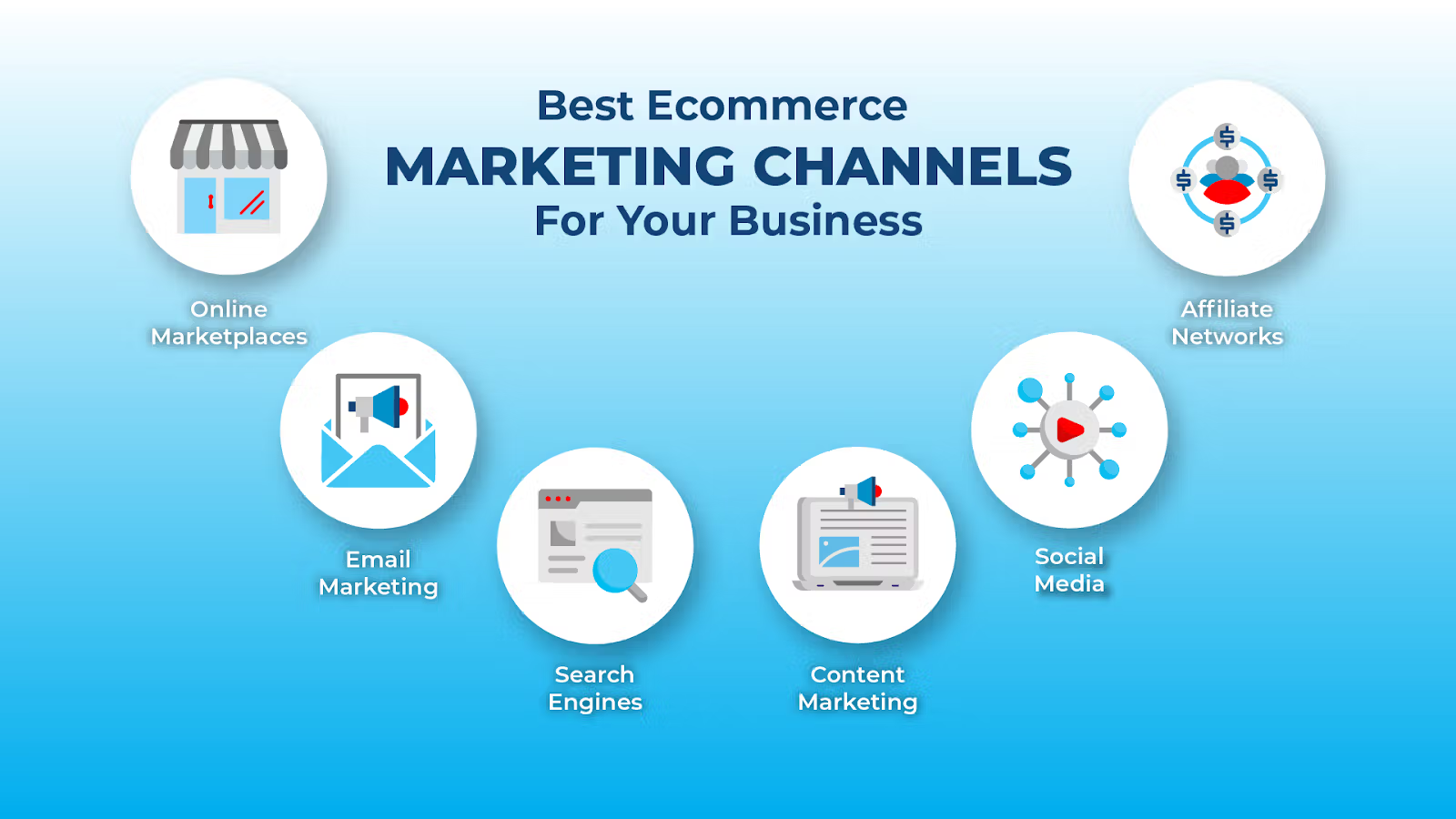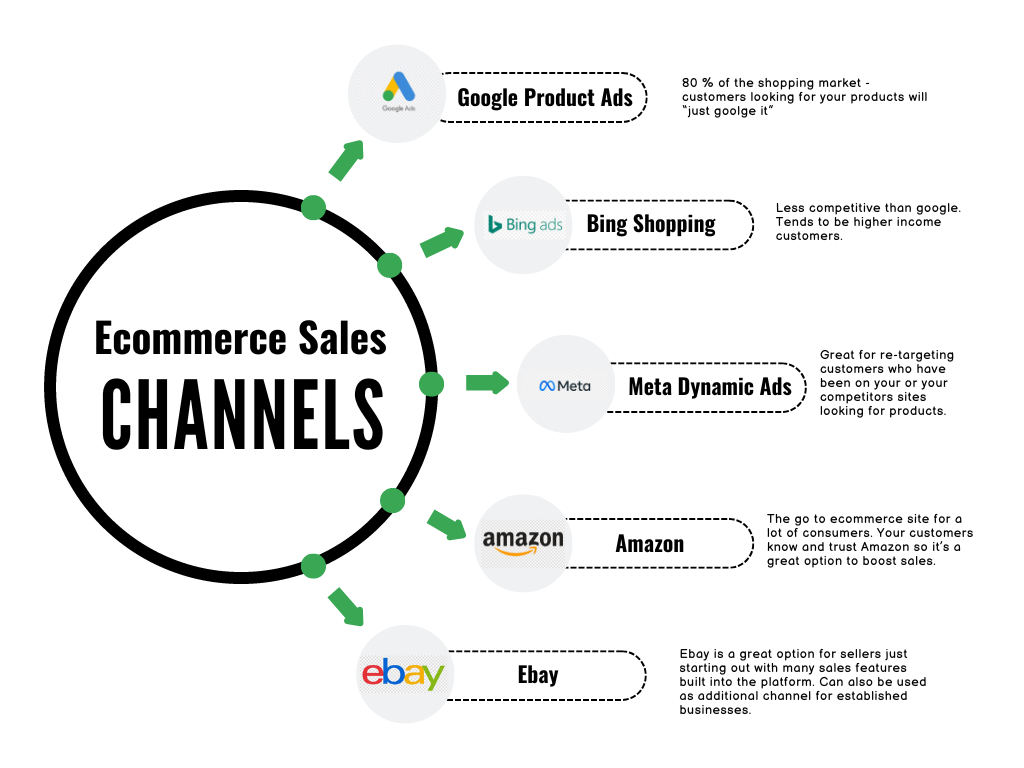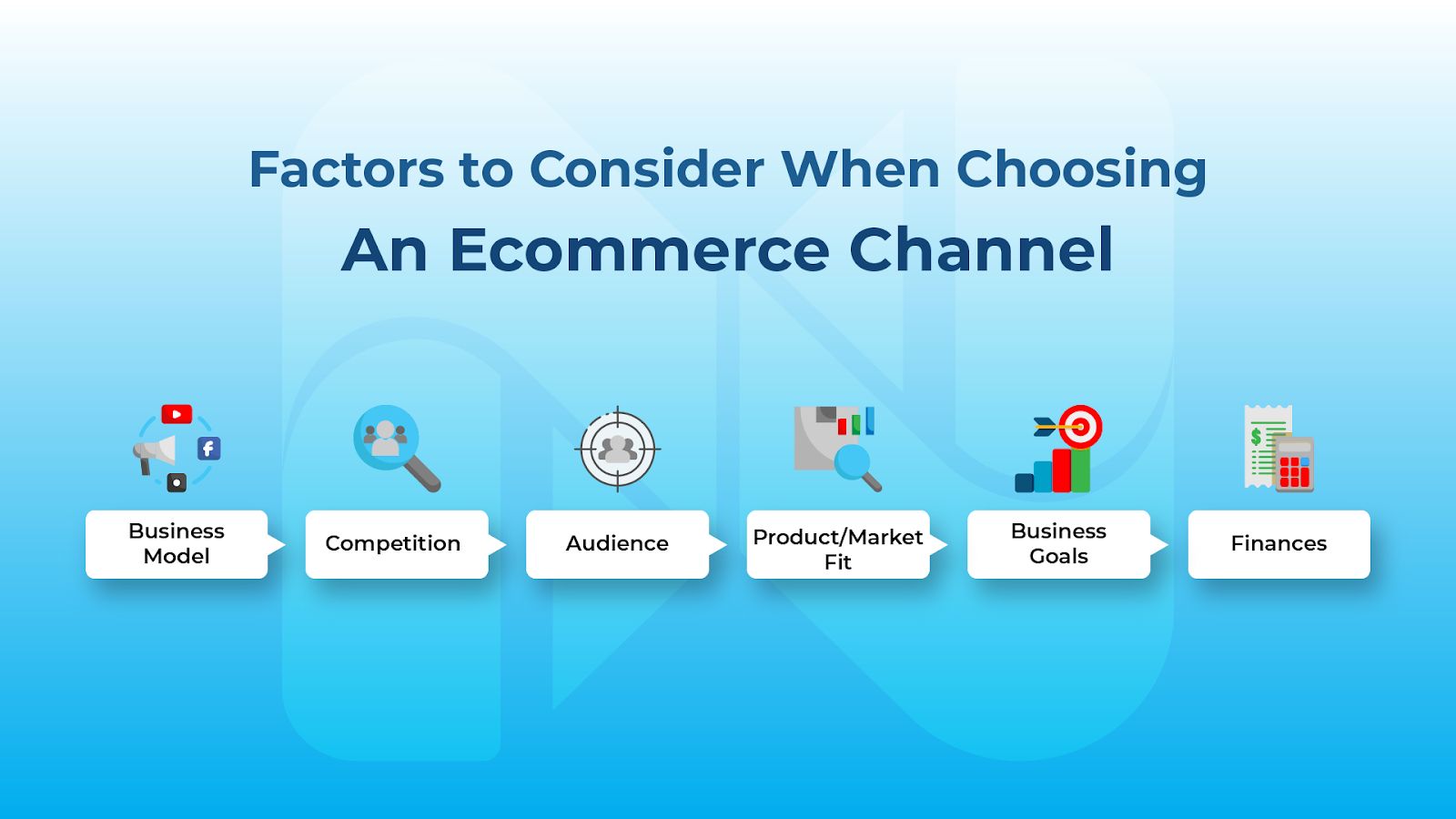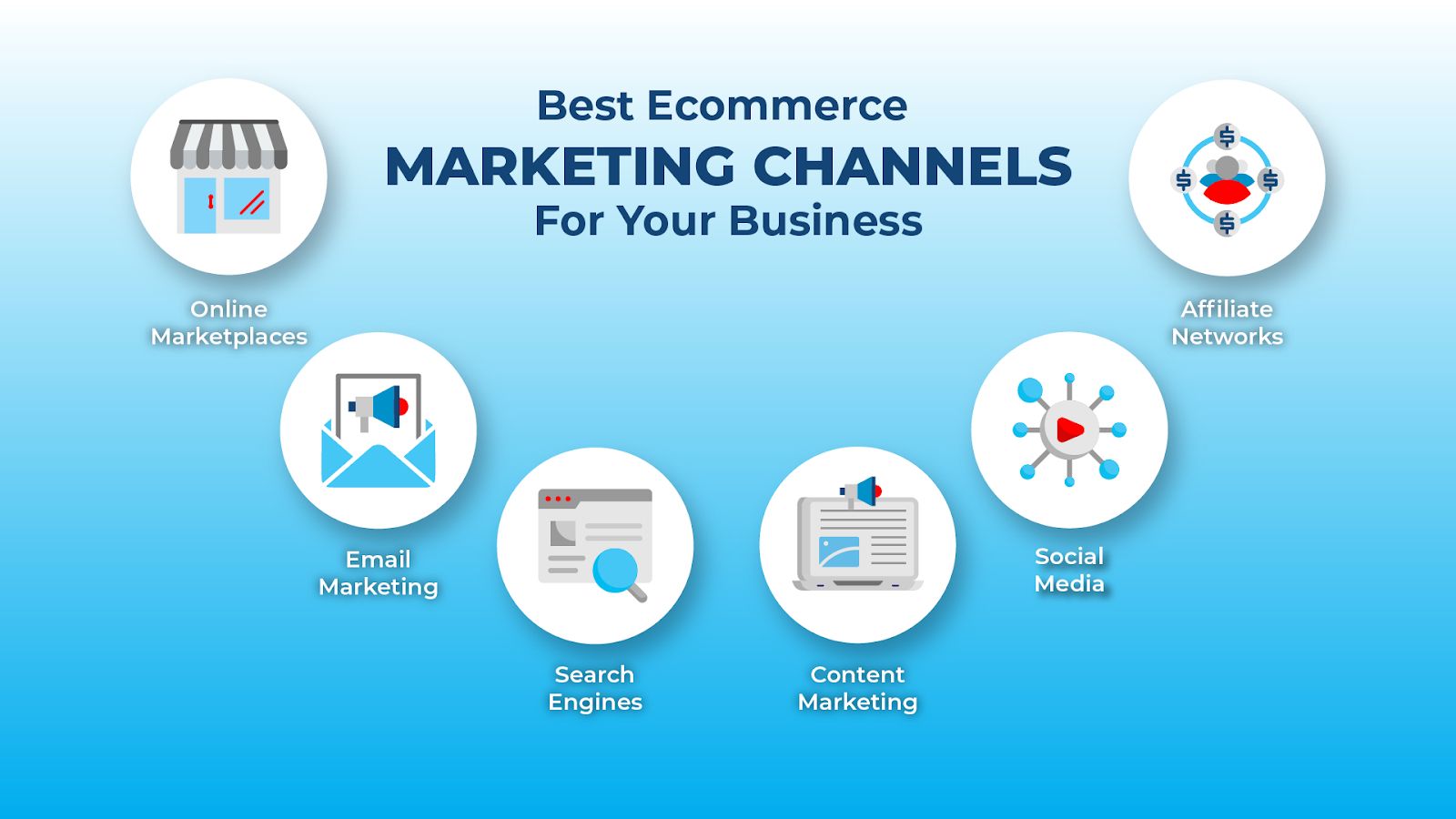E-commerce and Digital Sales Channels: The Ultimate Guide to Selling Online

In today’s fast-paced digital economy, e-commerce has transformed the way businesses and consumers interact. With the rise of digital sales channels, businesses now have unparalleled opportunities to reach customers worldwide. But to succeed, businesses need to understand the strategies, tools, and trends driving this revolution.
This article will provide a comprehensive guide to e-commerce and digital sales channels, helping you build a robust online presence and scale your business effectively.
What is E-commerce?
E-commerce, or electronic commerce, refers to the buying and selling of goods and services over the internet. It includes a variety of business models, such as B2C (Business-to-Consumer), B2B (Business-to-Business), C2C (Consumer-to-Consumer), and D2C (Direct-to-Consumer).
Types of E-commerce Platforms
- Marketplaces: Platforms like Amazon and eBay allow sellers to list products and reach a massive audience.
- Self-Hosted Websites: Platforms like Shopify or WooCommerce let businesses create their own online stores.
- Social Media Stores: Channels like Instagram and Facebook now offer built-in e-commerce features.
“The future of retail is e-commerce. Businesses that fail to adopt it risk becoming obsolete.”
Understanding Digital Sales Channels

Digital sales channels are platforms or mediums that enable businesses to sell products or services online. These channels bridge the gap between businesses and their customers, making purchasing seamless and convenient.
Examples of Digital Sales Channels
- Websites
- Marketplaces
- Social Media
- Email Marketing
- Mobile Apps
Learn More: Explore the best digital marketing practices.
Why Businesses Must Embrace E-commerce and Digital Sales Channels
The benefits of e-commerce and digital sales channels extend far beyond convenience. They are essential for businesses aiming to grow in the digital-first era.
1. Increased Reach
Digital channels eliminate geographical boundaries, allowing businesses to connect with global audiences.
Stat: By 2024, e-commerce is expected to account for over 22% of all retail sales worldwide.
2. 24/7 Availability
Unlike physical stores, online stores are open 24/7, catering to customer needs anytime.
3. Data-Driven Insights
E-commerce platforms offer tools to track customer behavior, preferences, and purchasing patterns.
4. Cost Efficiency
Running an online store is often more cost-effective than maintaining physical locations.
How to Choose the Right Digital Sales Channels
Selecting the best sales channels depends on your business type, target audience, and product offerings.
Step-by-Step Guide to Choosing Channels
- Define Your Target Audience
Use tools like Google Analytics or surveys to understand your audience demographics. -
Evaluate Channel Features
Compare platforms based on ease of use, cost, and audience reach. -
Test Multiple Platforms
Start with a combination of channels and track performance metrics. -
Focus on ROI
Prioritize channels that generate the highest return on investment.
Top Strategies for E-commerce Success
1. Build a User-Friendly Website
Your website should be responsive, fast-loading, and easy to navigate.
Tools to Use:
– Google PageSpeed Insights
– Hotjar for user behavior analysis
2. Leverage Social Media
Platforms like Instagram and Pinterest are perfect for showcasing visually appealing products.
Pro Tip: Use shoppable posts to allow users to purchase directly from social platforms.

3. Invest in SEO and Paid Ads
Optimize your website for search engines and use Google Ads or Facebook Ads to reach a broader audience.
4. Personalize the Customer Experience
Use AI-driven tools to recommend products based on browsing history.
Example: Amazon’s “Customers who bought this also bought” feature boosts sales significantly.
5. Offer Multiple Payment Options
Cater to diverse customer preferences with various payment methods, including PayPal, credit cards, and Buy Now, Pay Later options.
Challenges in E-commerce and How to Overcome Them
1. Cart Abandonment
Solution: Send follow-up emails offering discounts or reminders.
2. Fierce Competition
Solution: Focus on niche markets and build a unique value proposition.
3. Security Concerns
Solution: Invest in SSL certificates and payment gateways with robust encryption.
Emerging Trends in E-commerce
1. Voice Commerce
With the rise of smart speakers, customers are using voice commands to shop online.
– Example: “Alexa, reorder my coffee beans.”
2. Augmented Reality (AR)
AR allows customers to visualize products before purchasing, reducing return rates.
3. Sustainability
Consumers increasingly prefer eco-friendly products and packaging.
Learn More: Why sustainability matters in e-commerce.
4. AI-Driven Personalization
AI analyzes user data to deliver highly personalized shopping experiences.
FAQs About E-commerce and Digital Sales Channels
Q1: What is the best platform for e-commerce beginners?
A: Shopify is a great platform for beginners due to its user-friendly interface and robust features.
Q2: How can I drive traffic to my online store?
A: Use a mix of SEO, paid ads, email marketing, and social media campaigns.
Q3: Is it necessary to be present on all digital sales channels?
A: No. Focus on the channels that align with your target audience and business goals.
Q4: What’s the future of e-commerce?
A: The future includes AI, AR, and blockchain technology to enhance customer experience and ensure transparency.
Conclusion
The world of e-commerce and digital sales channels offers endless opportunities for businesses willing to adapt. By understanding your audience, leveraging the right tools, and staying updated with trends, you can create a thriving online presence.
Ready to transform your business? Start today and unlock the true potential of digital commerce.
Take the first step towards success—embrace the digital revolution now!


